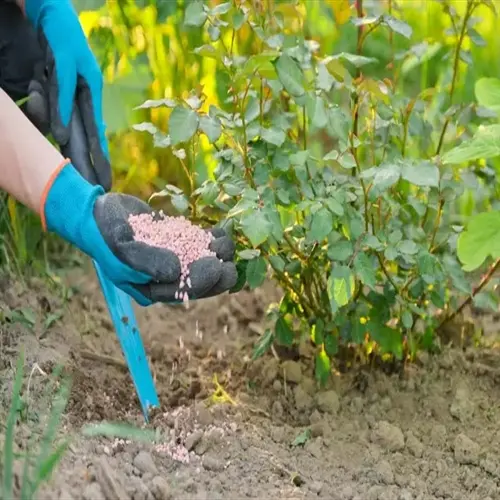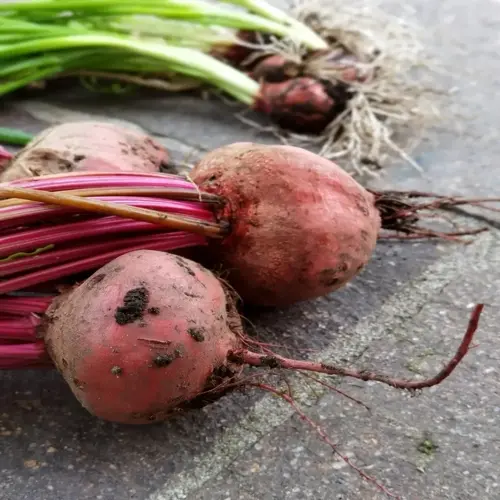Can I eat cabbage that hasn't formed a tight head?

Written by
Liu Xiaohui
Reviewed by
Prof. Samuel Fitzgerald, Ph.D.Loose cabbage heads are excellent to eat, even if they never formed tight balls, and you can eat those leaves, which are totally tender and nutritionally complete. They do not have the protective wrapper leaves that keep them good for longer storage. While they do have a shorter shelf life, it's best to consume these fresh for the optimal flavor and texture.
Harvesting Approach
- Pick individual leaves from the outside
- Use garden shears for clean cuts
- Leave inner leaves to continue growing
- Harvest during cool morning hours
Nutritional Profile
- Equal vitamin C content to headed cabbage
- Higher folate levels in young leaves
- Rich in fiber and antioxidants
- Same glucosinolate compounds for health benefits
Storage Limitations
- Lasts only 3-5 days refrigerated
- Wrap in damp towels in perforated bags
- Avoid washing before storage
- Use quickly before wilting occurs
Treat loose cabbage differently from headed forms. Cook the young leaves very briefly. Stir-fry for 2-3 minutes. Add to soups in the last five minutes of cooking. Overcooking will make them very soft.
Prepare colorful salads with raw, loose, whole leaves of fresh vegetables. Tear the leaves into bite-sized pieces before adding. You will want to add strong dressings, because the taste is more bland. Add apples or nuts to give a crunch. The tender stop requires no massaging like kale.
Ferment loose cabbage leaves for preservation. Create fast kimchi with ginger and pepper. The leaves will absorb flavors faster than dense heads. Refrigerate the fermented product after 24 hours, which will extend its shelf life for several weeks.
Know why some types of cabbage do not form heads. Competition for resources is the result of overcrowding. Cabbage development is interrupted due to temperature fluctuations above 80°F. Nutrient imbalances, such as high nitrogen, will result in leafy growth instead of head formation.
Read the full article: 5 Signs When to Harvest Cabbage

